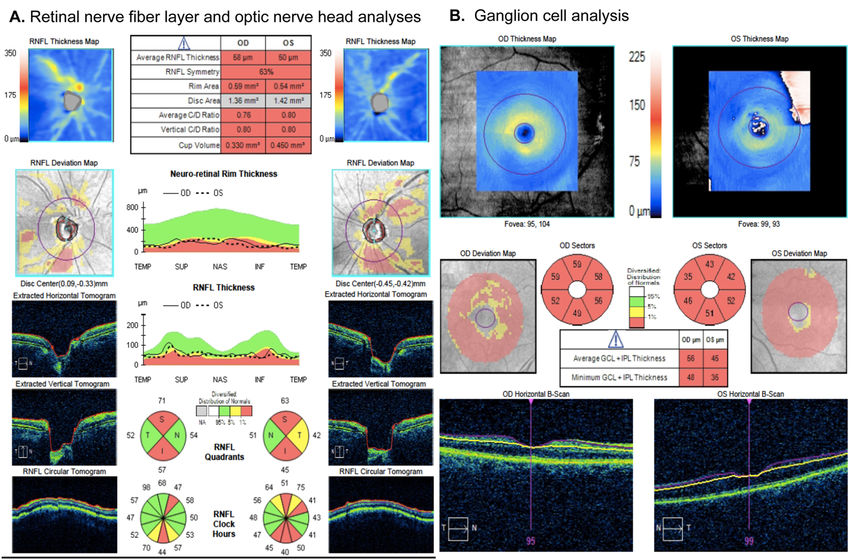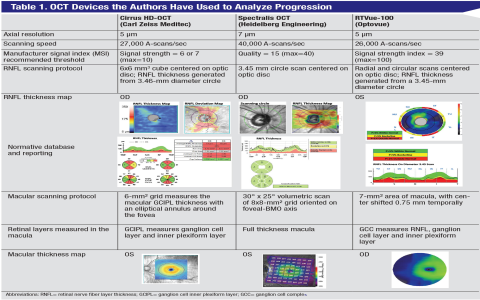Alright guys, buckle up because today’s deep dive nearly made me cross-eyed. It all started last week when I got back from my yearly eye checkup. The doc handed me this slip of paper with a bunch of numbers and letters scribbled on it, and right there at the top was something called “Cup/Disc Ratio.” Looked like 0.6 or something. Honestly? I had zero clue what it meant. Felt like reading alien handwriting.

So I stared at that paper for a good ten minutes, flipping it over thinking maybe there were instructions on the back. Nope. Just a cryptic number. My first move? Straight to the internet, obviously. Bad idea. Typed in “eye cup disc ratio” and got hit with walls of medical jargon – “optic disc,” “neuroretinal rim,” “glaucoma suspect.” Felt like I needed a PhD just to understand the definitions. Totally overwhelming.
Gave up on Google after half an hour feeling dumber than before. My next stop? Bugging my eye doctor’s office again. Figured, hey, they wrote it, they should explain it in plain English. The receptionist was nice but rushed, gave me the super quick version: “It’s about the nerve in your eye, bigger numbers need watching.” Still vague. I needed the full picture.
Finally managed to snag a quick call back from the actual optometrist later that day. Bless her patience. Here’s the breakdown I finally got, piece by piece:
- That round spot in the back of your eye when they take the picture? Yeah, the optic nerve head? That’s the “disc.”
- Right in the center of that disc, there’s a little area called the “cup.” It’s basically the empty space where the nerve fibers fan out.
- The Ratio part? It’s dead simple math: Cup size ÷ Disc size. Like comparing the hole in your donut to the whole donut.
She drew a circle in the air over the phone. “Imagine the whole disc is the rim of your coffee mug,” she said. “The cup is just the coffee inside it. The ratio tells us how much of your mug is taken up by coffee versus how much is solid mug wall.” Lightbulb moment!
So my 0.6? That means in my eye, the “coffee” (the cup) takes up about 60% of the “mug” (the disc). The doctor explained that generally:

- Smaller Ratios (like 0.3 or 0.4) usually mean a nice thick rim of healthy nerve tissue around that cup. Good stuff.
- Bigger Ratios (like 0.7 or 0.8) mean the cup is taking up more space, so the nerve tissue rim is thinner. That’s a flag for them to watch closer, especially for risks like glaucoma, which is about nerve damage often linked to pressure.
The key takeaway she hammered home? It’s YOUR personal baseline that matters most. Is it bigger than last year? Bigger in one eye than the other? That change over time is the real clue for potential problems. My 0.6? For me, apparently it’s stable year-to-year and symmetrical in both eyes, so no alarms bells. Big relief.
Honestly, the journey from utter confusion scratching my head over that single number to finally getting this simple mug-versus-coffee analogy felt like unlocking a secret code. Makes me wonder why they don’t just staple a little picture explanation to the results! Now I feel way smarter walking out of there next time, knowing exactly what that ratio is shouting about my eye health.
